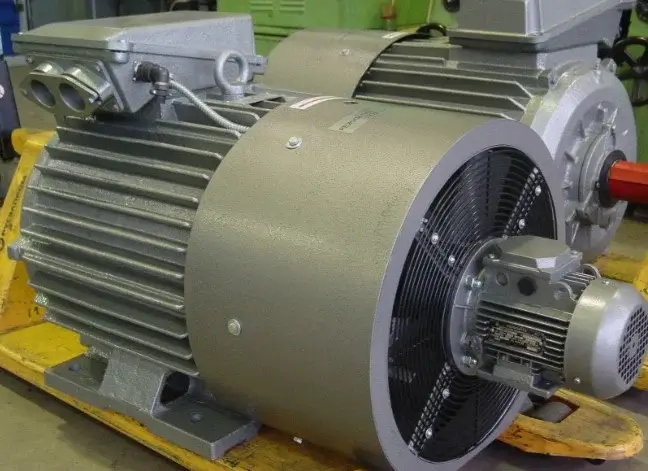The DC motor is a key element in many areas of technology. The main characteristic of DPT is the conversion of electrical energy into mechanical energy. The importance of these products stems from their efficiency, reliability and ease of control.
Control Modules
Effective control of a DC motor requires the use of specialized devices and technologies. Key control elements:
- Engine speed controllers. They regulate the speed of rotation of the shaft, ensuring precision and adaptability in the operation of the product. The operating principle of these devices is often based on pulse width modulation (PWM) technology, which allows for high control efficiency.
- Feedback systems. Including encoders, they provide data about the current state of the DC motor, such as speed and shaft position. This information is critical for tuning and adjusting control parameters, thereby improving the accuracy and reliability of the product.
- Voltage and current regulators. These components control the flow of electrical power to the motor, ensuring stability and preventing overloads. Voltage and current regulation helps extend the service life of the DC motor and optimize its operation.
You can see examples of modern DC motor speed controllers at manufacturer's website.
Effective product control is ensured through the integration of these devices, which allows you to achieve high accuracy, reliability and durability in the operation of the DPT. The selection and tuning of appropriate control systems play a key role in optimizing the operation of the motor and adapting it to specific application conditions.
Factors influencing efficiency
The efficiency of a DC motor is determined by several key factors including:
- Design features. The quality and type of windings used in the motor directly affect its efficiency. High-quality winding materials and optimized magnet design reduce energy loss, increasing efficiency.
- Temperature conditions. High temperatures can cause winding resistance to increase, which reduces efficiency. An efficient cooling and heat dissipation system prevents overheating and helps maintain optimal engine performance.
- Technical condition. Wear of components and mechanical damage impair the operation of the DPT and reduce its efficiency. Regular maintenance and timely replacement of worn parts help keep the unit in perfect condition, which has a beneficial effect on its efficiency.
The performance of a DC motor depends on many factors, ranging from design to operating conditions. Understanding and controlling these factors allows you to maximize the efficiency and extend the service life of the DC motor.
Modernization and renewal
Modernization of the DC motor can include replacing standard components with more modern materials, for example, using more efficient magnets or windings with lower resistance. Progress in the field of electronic components allows for improved control and monitoring systems, which directly affects the efficiency and reliability of the engine.
Selecting the right product
When choosing a DC motor, it is important to consider parameters such as power, shaft rotation speed and torque. For small household appliances, lower power models are suitable, while industrial equipment requires more powerful and durable models. It is worth considering operating conditions, such as temperature conditions and possible mechanical loads, as they can significantly influence the choice of the optimal model.





